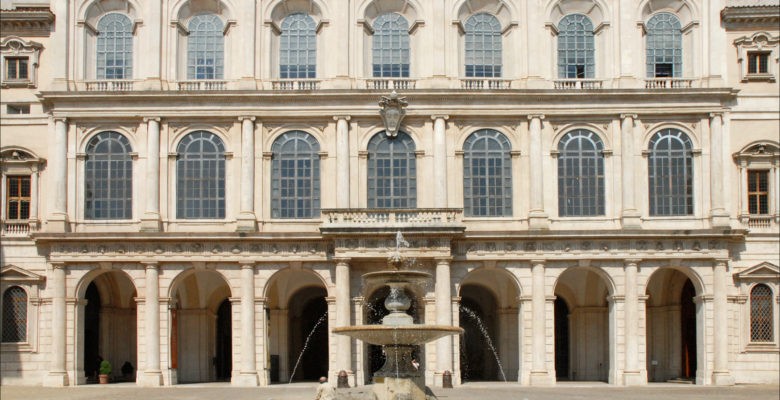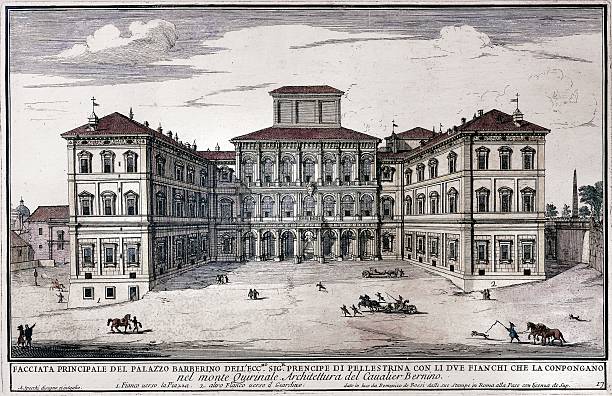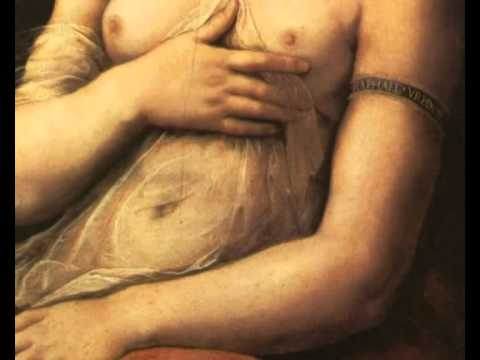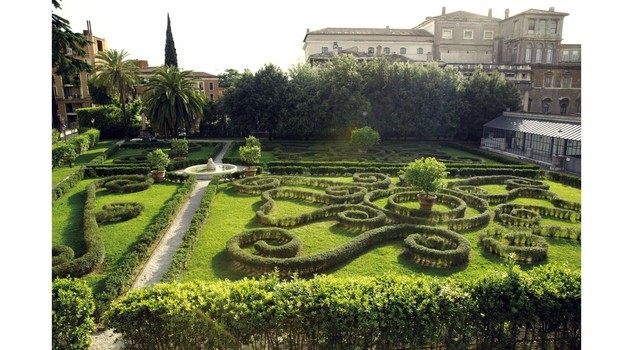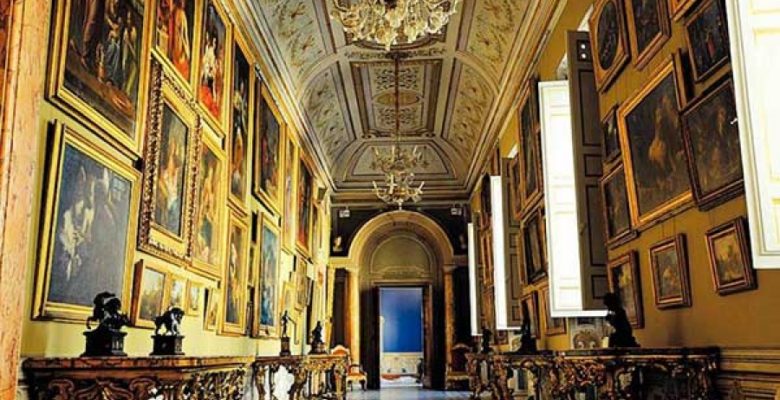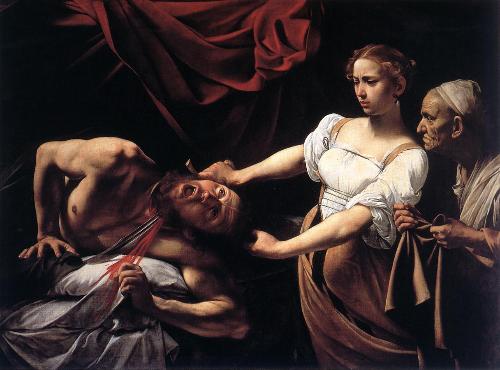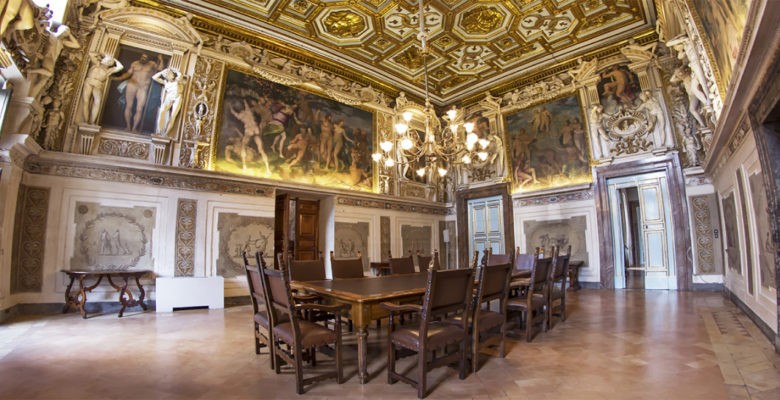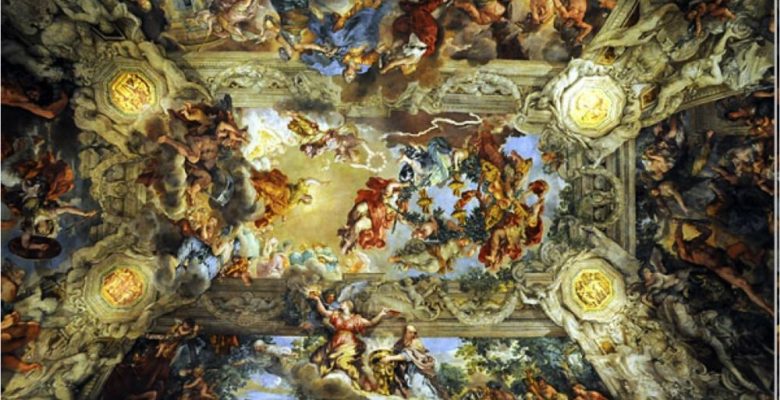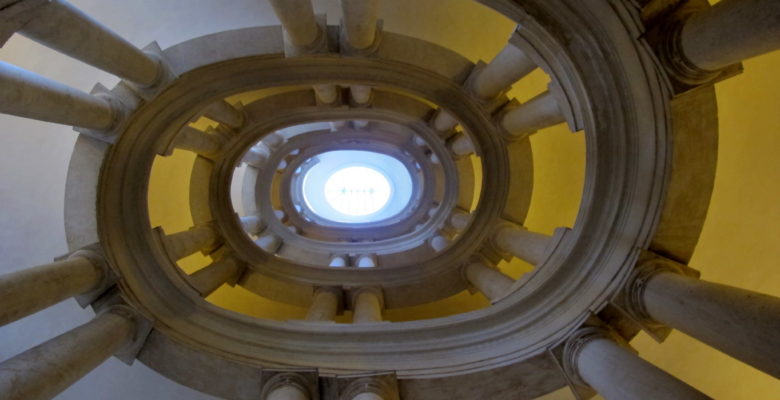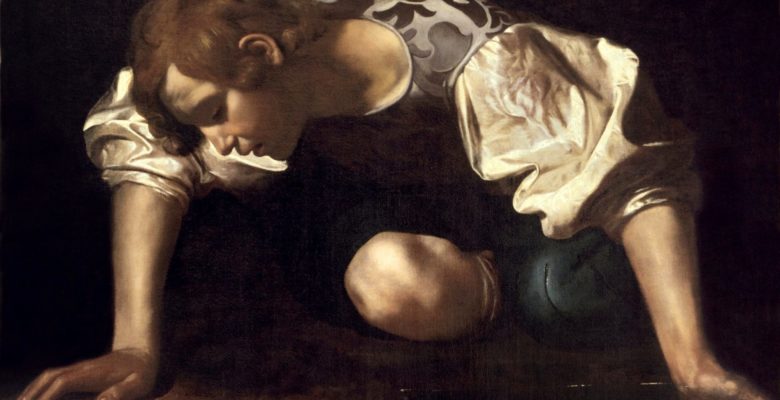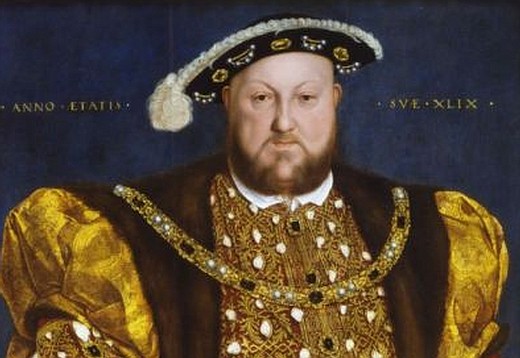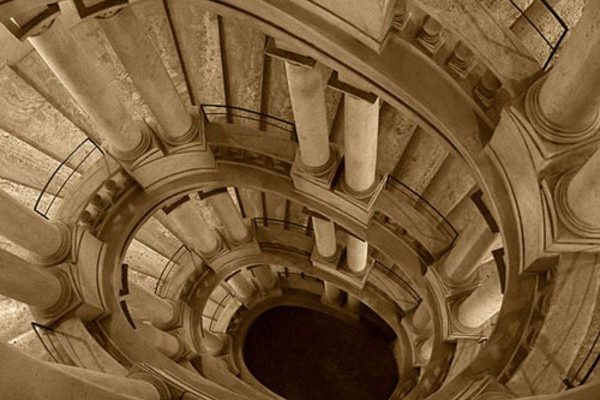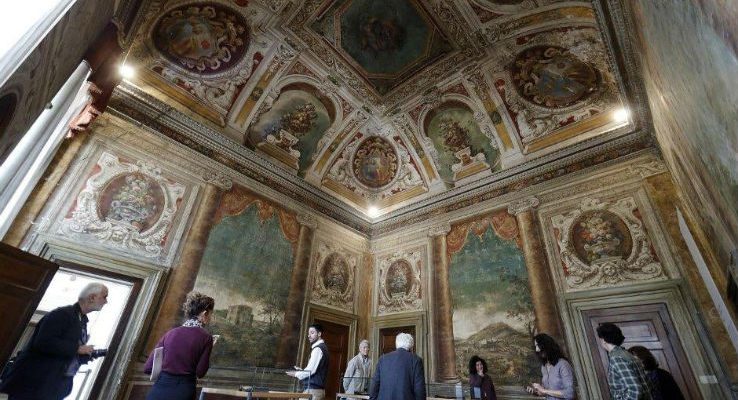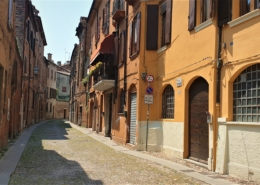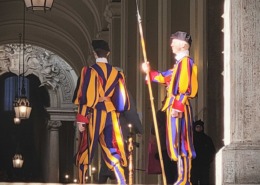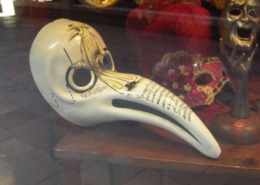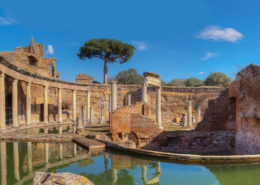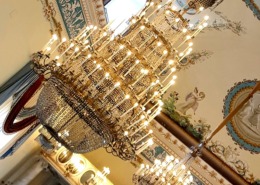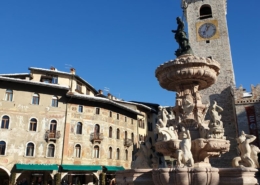Highlights of this tour
- Palazzo Barberini, jewel of Baroque Architecture
- Elliptical stairway by Borromini
- The National Gallery of Ancient Art
- Raphael’s ‘Fornarina’
- Caravaggio, El Greco, Holbein the Young, Tintoretto and many more
- Piazza Barberini & the Triton’s Fountain
PALAZZO BARBERINI & THE NATIONAL GALLERY OF ANCIENT ART
Palazzo Barberini is a spectacular home located near Piazza Barberini on the Quirinal hill.
In 1625 the Barberini, a powerful family of Tuscan origins, bought an old property from the Sforzas, a sloping garden-vineyard with a small palazzo in what was then still a semi-urban area of Rome.
Maffeo Barberini had been elected Pope in 1623, with the name of Urban VIII. He was an accomplished man of letters and published several volumes of verse. Had a long friendship with Galileo Galilei, although in the end the good relationships came to an end.
Pope Urban VIII charged Carlo Maderno to build him a new home. Maderno began in 1627, assisted by Francesco Borromini. Maderno died in 1629 and the Pope asked Gian Lorenzo Bernini to continue, bypassing Borromini, that collaborated for a while and then left. Bernini completed the works in 1633.
The resulting architecture is something unique in Roman palace building. It is H-shaped, with wings on the north and south, connected by a central vaulted ‘salone’, the great central hall. It has no inner courtyard but a semi-included ‘secret’garden. Besides the three great architects mentioned even Pietro da Cortona gave its contribution. The shares of the four architects have never been completely defined.
The vaulted ceiling of the ‘salone’ was marvelously frescoed by Pietro da Cortona and represents the ‘Divine Providence’. At that moment it was surpassed in size only by the ceiling of the Sistine Chapel! The Barberini were a ‘new’ family in the world of Roman aristocracy and used their literary skills to invent fresh allegories to support their social and political prominence.
Cost of this tour
- This tour lasts three hours and costs 360 euros up to six people (not per person), only private parties.
- For larger parties send us an email!
- Admission fees per person: 17 euros (also includes Galleria Corsini). reduced price: 3 euros
- Palazzo Barberini is closed on Mondays
Dress Code and advice
- Please wear comfortable shoes!

